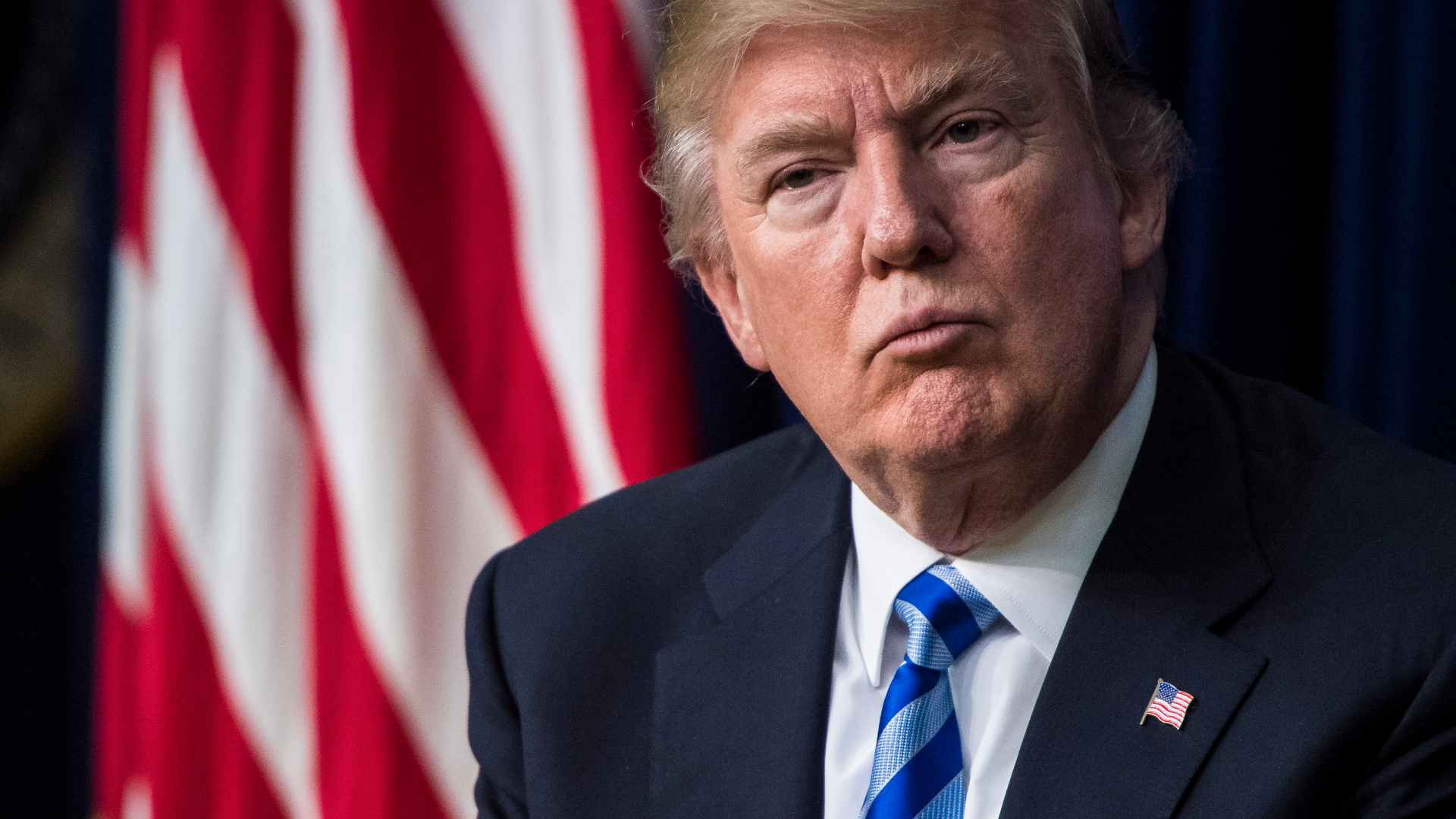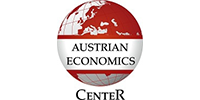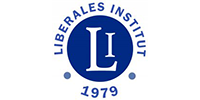One big beautiful bill or one big beautiful ploy?
Well, my plan, actually Larry Kudlow, who’s a fantastic guy, I think likes my plan the most. I’m cutting taxes by about the most.
Donald J. Trump
Given the deep flaws of President Donald Trump’s 2017 tax reduction act — it was not only warily tilted towards the top earners, it was also incredibly costly and has failed to
deliver on its economic promises — Trump and his advisors should have seized the opportunity the 2025 expiration of his act provided by making a radical course correction: They should have introduced the Flat Tax to finally simplify the US tax system by replacing the current progressive federal income tax structure of some 6,700 pages with a suitable Flat Tax. However, in his usual rather pompous manner Trump boasted that his new one big, beautiful bill (OBBBA) would give the US economy an enormous and almost unsurpassable boost. Conceded with narrow majorities in both houses, his loyal yet largely economically ignorant followers expect an economic miracle from this broad piece of legislation, but may cost the federal government at least some $3.4 trillion, and including the expected interest, the price tag could well rise to 4 trillion. In other words, OBBBA violates the House’s fiscal framework and may speed the US towards crisis. Karoline Leavitt, Trump’s devoted press secretary and one of his most fervent supporters, swiftly praised the forecasts of the administration’s Economic Advisory Council, predicting growth rates of at least 3%/year for the foreseeable future. And almost like luring his cohorts from the real world into his illusory political environment, by suggesting that what they are seeing or reading is not what is happening, Trump even suggested overconfidently that the American economy would grow “three, four, or even five times” the current level. Yet, the Congressional Budget Office (CBO) currently estimates this at only 1.8%.
According to most serious, independent economists and leading macro-economic researchers at several Ivy League universities Trump’s expectations significantly exceed their calculations, estimations and forecasts. Almost all of them predict that US economic growth will be critically dampened in the long term, due to his one big beautiful bill. For example, at Yale University the renowned Yale Budget Lab (usually a non-partisan academic institution) estimated that Trump’s OBBBA will not only provide a rather insignificant boost to the economy in the short term. More accurately, its economists expect significantly lower economic growth in the coming decades compared to the status quo, because the negative consequences of the additional sky-high borrowing will take their toll in the coming years. In its analysis, the Yale Budget Lab assumes that economic growth will slow over the coming years, largely due to the debt burden resulting from the One Big Beautiful Bill Act. This is the phenomenon in which higher government spending reduces private sector productivity. The higher interest rates go hand in hand with higher deficits, because increased borrowing is likely to push interest rates higher. In turn higher interest rates also slow future growth, as a larger portion of these future profits must be used to repay borrowed funds — either by private individuals or the U.S. Treasury. The Yale analysis is consistent with several other forecasts, among them the Tax Foundation or the University of Pennsylvania’s Wharton Budget Model. Both predict less than 1% higher growth as a result of the passage of OBBBA – although neither of the analyses attempts to project as far into the future as the Yale Budget Lab analysis, which predicts that the yield on 10-year U.S. Treasury bonds will be 1.2 % higher by 2054 (!) if the bill is passed, compared to a non-passage scenario.
Trump’s argument is based on the well-founded assumption that lower taxes lead to more growth. Although tax cuts may be followed by government revenue losses in the
short term, positive feedback and multiplier effects can be expected in the medium to long term. This assumption is neither theoretically nor empirically disputed, because
higher net earnings in the main generate increased consumption, stimulating overall economic demand. And the expected investments also lead to growth impulses. Ceteris paribus, both effects generate more tax revenue and may thus reduce the government deficit. Stronger consumer demand increases sales tax revenue, and more investment is likely to boost corporate taxes. This argument can already be found in the works of Adam Smith (1723-1790) and especially in the Principles of Economics (1871, …) by Carl Menger (1840-1921) or in Human Action. A Treatise on Economics (1949, …) by Ludwig von Mises (1881-1973). However the claim became well known since Arthur B. Laffer (1940-), a member of Ronald Reagan’s Economic Policy Advisory Board demonstrated the relationship between tax rates and tax revenues with his famous Laffer Curve in the early 1980s. Accordingly high tax pressure inhibits economic growth because it largely eliminates incentives for productivity and investment. Trump’s problem with its application however is that his OBBBA does not reduce taxes in any way — except for a few relatively minor details, such as the abolition of income taxes on tips and/or overtime. To be precise, it will provide relief for employees in service industries such as restaurants and retail. Therefore, among other things, the reform allows American workers in these industries to deduct up to $25,000/p.a. in tips from their taxable income. However, this deduction expires in December 2028. The president’s one big beautiful bill is rather an extension of the tax rates that he implemented during his first term in office as his 2017 Tax Cuts and Jobs Act. This law did indeed reduce the debt owed to the federal government by most Americans and it led to stronger growth, but the dynamics were fundamentally different from today’s. In other words, with his OBBBA Trump has now permanently extended and enshrined in law key elements of his 2017 reform, particularly the reduced corporate tax rate of 21%, which was significantly reduced in 2017 from the previous 35%. The reduced income tax rates also remain in place for individuals. Likewise companies continue to benefit from simplified depreciation rules and the ability to claim more quickly investments for tax purposes. Yet, extending the modest tax cuts Trump introduced about eight years ago is not the same as actually cutting taxes or simplifying the code under current conditions. With all due respect, like the Bush tax cuts before it, the 2017 Trump tax cut was not much more but a trickle-down failure. However, if this were the only case of political semantics Trump and his administration used to deceive the relatively uninformed US
voters, perhaps at least some trust could be placed in the current administration. After all, there are far worse political sins than prohibiting tax rates to return to their higher
pre-2017 levels.
But there are at least two important reasons why President Trump’s calculations cannot add up. The most important point here is the theoretically unfounded, chaotic and
increasingly arbitrary tariff policy. Tariffs are simply taxes and those he has imposed (in a presumably democratically questionable fashion) on almost all American imports
represent the largest tax increase in decades. In any case, the following question must be asked: What are these massive tax increases supposed to achieve when, as we have known at least since A. Smith, only tax cuts promote economic growth? Unfortunately, the Trump administration does not account for the economic consequences of higher tariffs in its gross domestic product GDP estimates – although it does include some vague and thus unsubstantiated tariff revenue in its claim that the tax law will help reduce the deficit. Here, they are trying to have both.
Second, the increased borrowing must be mentioned. Although Trump is trying hard to suppress any discussion about it, his “one beautiful bill” will significantly increase
the US budget deficit in the coming years. To finance this, the government will have to borrow even more, which will subsequently slow or even bring economic growth to a complete halt. Several current forecasts indicate that the budget deficit as a percentage of GDP could rise to approximately 9% in about 5 years, while interest payments are expected to eradicate approximately 30% (!) of government revenue. The US national debt is currently projected at approximately $37.36 trillion for the current year. Thus the US has reached the world’s largest national debt in absolute terms. This is dramatic because its size already exceeds economic output.
In conclusion we ought to be aware that with the exception of some innate a priori knowledge (mathematical truth or logical deductions), all other knowledge is a posteriori. In other words, we gain this knowledge from past observation and practical applications (statistics, …) or AI generated information. In other words like all predictions, also the one by the Yale Budget Lab cannot be much more but vague assumptions based on currently available information or of past events and statistics. However the Trump administration appears to be deliberately misleading the public (and many members of Congress) by overestimating the potential shock of the tax law and completely ignoring the numerous contradictory statements.
































